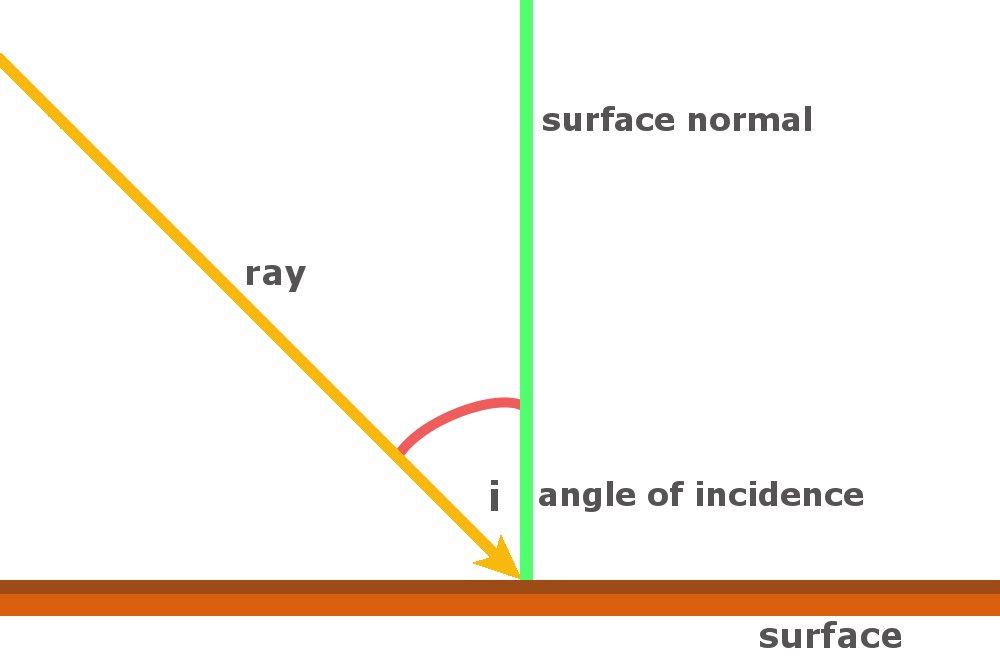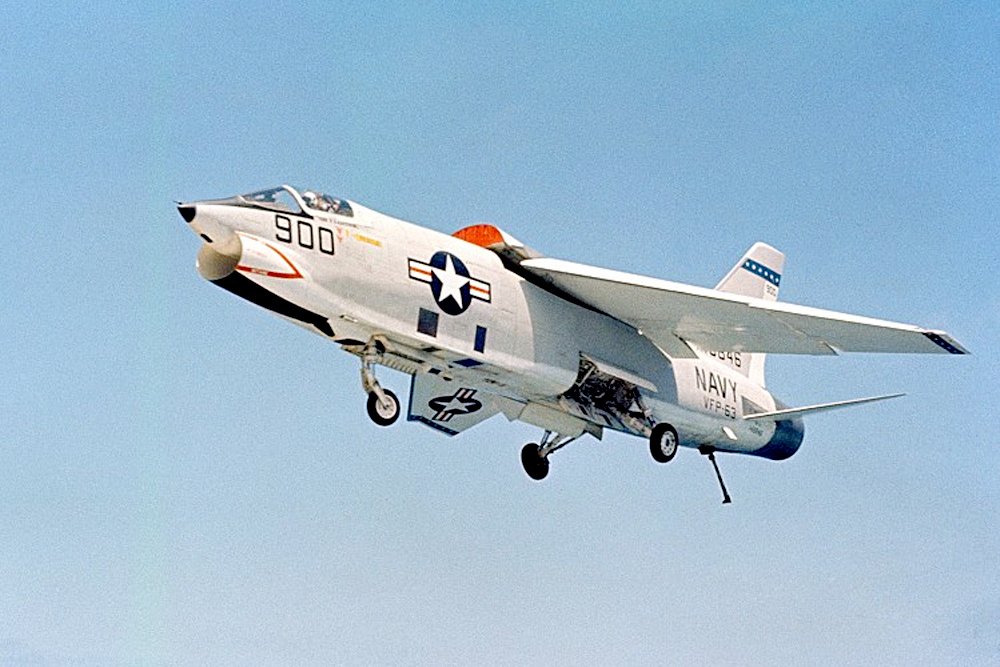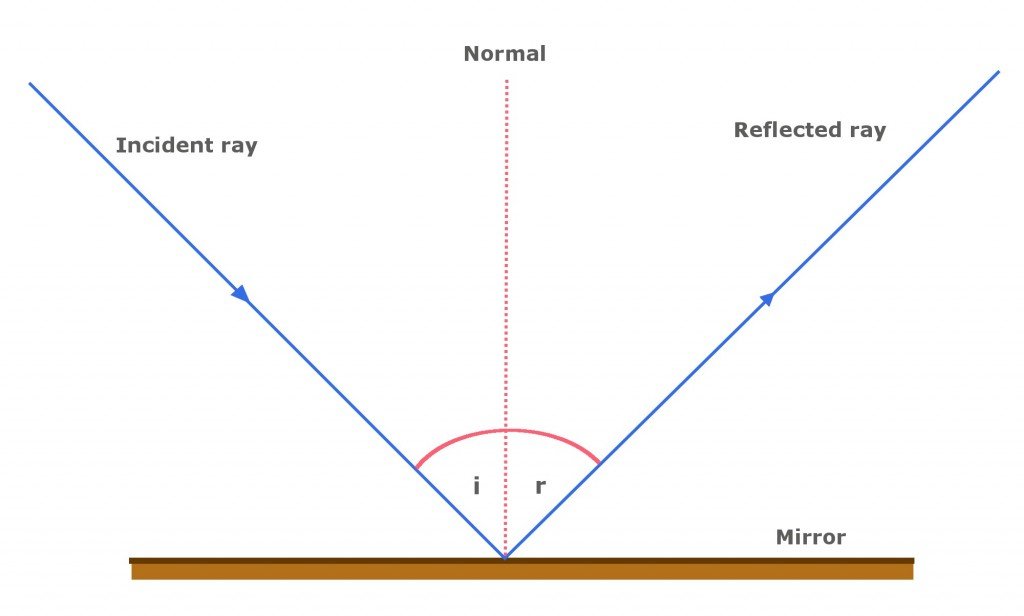Table of Contents (click to expand)
The angle of incidence can refer to a number of entities: in optics, the angle of incidence is the angle that the incident ray makes with the line drawn perpendicular from the point of contact on a surface. In aerodynamics, the angle of incidence refers to the angle between the chord of the wing of an aircraft and the longitudinal axis of the fuselage. Sometimes, the term ‘angle of incidence’ is used interchangeably with ‘angle of attack’, which refers to the angle between the undisturbed airflow and the chord of the wing of an aircraft.
Let’s look at the different interpretations (based on their respective contexts) of the term ‘angle of incidence’. We shall start with the interpretation that is most commonly used.
What Is The Angle Of Incidence?
In optics, the angle between the ray incident on a plane surface and the line perpendicular to the surface at the point of incidence (of the ray) is defined as the angle of incidence.

For starters, a perpendicular line is one that goes straight up from a surface. In optics, they refer to this line as the ‘normal’. The normal is very important when talking about angles in optics. This is not just optics; you’ll come across this ‘normal’ all the time while studying physical laws.
The angle of incidence involves two lines: the first is the incident light ray that falls on a surface. A normal is drawn at the point where the incident ray touches the surface. Now, the angle that the incident ray makes with the normal is called the angle of incidence.
The other angles related to light rays (associated with surfaces) include the angle of reflection and the angle of refraction. In fact, the law of reflection states that the angle of incidence is equal to the angle of reflection.
Also Read: What Is The Law Of Reflection?
Glancing Angle
It should be noted that when dealing with a light ray that is almost parallel to the surface, it’s sometimes more useful and convenient to refer to the angle between the ray and the surface, rather than the ray and the normal. In more specific terms, you can determine the magnitude of the former by subtracting the value of the angle of incidence from 90. This small angle is referred to as the “glancing angle”.
The concept of a glancing angle is widely used in atomic optics and X-ray spectroscopy. This angle is so small that it’s often expressed in milliradians.
These were all the basic things you needed to know about the angle of incidence in optics. Now, let’s move on to the other interpretations of this flexible term.
Also Read: Why Are Aircraft Wings Curved At The End?
Angle Of Incidence (Aerodynamics)
In aerodynamics, the angle of incidence refers to the angle formed between the chord line of the wing and a reference axis along the fuselage. This definition applies for aircraft that have fixed wings.

The chord line, in aeronautics, is the imaginary straight line that joins the leading and trailing edges of an airfoil (a structure shaped to produce lift when it moves through the air). The longitudinal axis of the aircraft passes through the aircraft from nose to tail. It’s a reference axis along the fuselage. Thus, the angle of incidence, in aeronautics, refers to the angle between the chord line (where the wing is attached to the fuselage) and the longitudinal axis, a reference axis along the fuselage.
Also referred to as the mounting angle, the angle of incidence is fixed in the design of the aircraft, and barring a few uncommon exceptions, it cannot be varied or altered during flight.

Angle Of Attack
The angle of attack (AOA) is the angle between the chord of the wing and the undisturbed airflow. In simple words, it’s the angle between a reference axis on an airplane wing and the oncoming air.
This reference axis can sometimes be the imaginary line connecting the leading and trailing edge of the aircraft at some average point on the wing. However, most commercial airplanes use the longitudinal axis or fuselage centerline as the reference axis.

It should be noted that in aeronautics, the term ‘angle of incidence’ is sometimes used as a synonym for ‘angle of attack’, but in reality, these two terms refer to different angles.
How well do you understand the article above!


